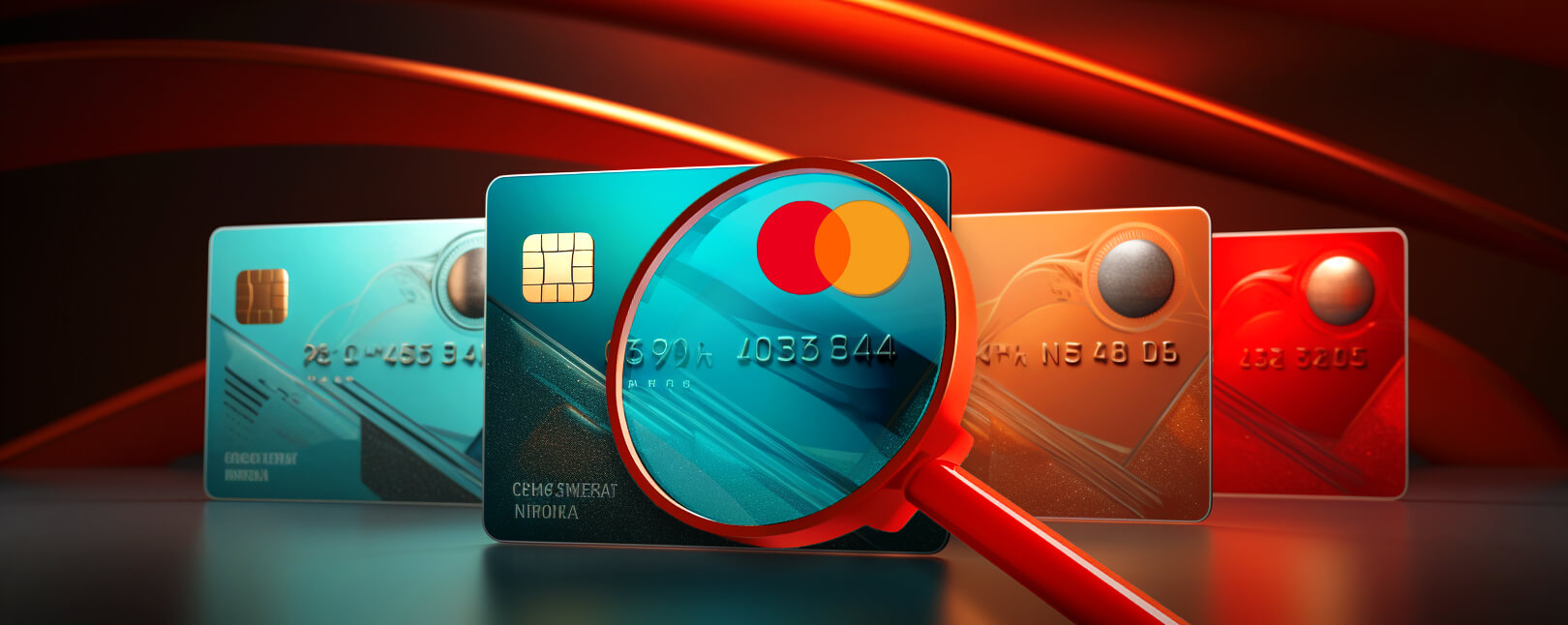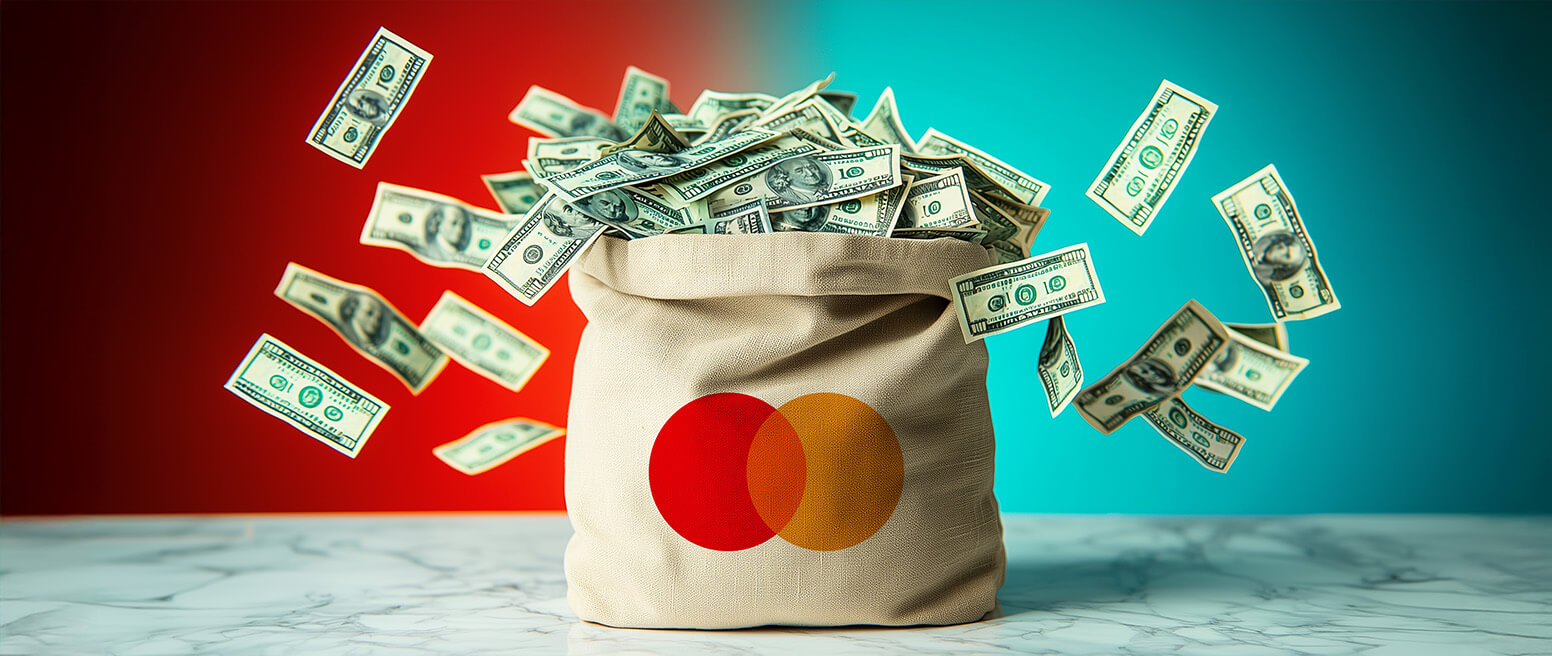Worried About Breaching the Mastercard Chargeback Threshold? How to Tell if You’re Compliant
Like other card networks, Mastercard maintains its own predetermined monthly limit for the number of chargebacks considered “acceptable.” Merchants and banks commonly refer to this as the Mastercard chargeback threshold.
The limits are not arbitrary numbers that you can simply ignore. You must track key performance indicators (KPIs) to gauge your effectiveness at chargeback prevention. Plus, breaching the Mastercard chargeback threshold carries serious consequences. Noncompliance could lead to hefty fees and restrictions, and could ultimately endanger your business.
Recommended reading
- Mastercard Dispute Resolution: What You Need to Know
- Mastercard Chargeback Rules: Guidelines & Procedures
- Mastercard Chargeback Time Limits: The 2025 Guide
- Mastercom | What Is it? How Does Collaboration Work?
- What are Mastercard Chargeback Fees? The Rundown for 2025
- How Mastercard First-Party Will Fight Video Game Disputes
What Are Fraud & Dispute Ratios?
Before diving in, let’s make sure we’re clear on our terminology.
As the name implies, fraud and dispute ratios are key metrics used by merchants and banks to monitor and manage the proportion of fraudulent transactions and disputes a given business incurs. This is represented as a percentage that reflects an average of incoming disputes or fraud claims for a given period in comparison to your overall transactions.
Fraud Ratio
This reflects the frequency of fraudulent activity within your transaction volume. This ratio is calculated by dividing the total dollar value of transactions over a given period by the dollar value of fraudulent transactions. The result is expressed as a percentage. A high fraud ratio is a warning sign and can indicate that you are not performing due diligence in detecting and rejecting fraudulent orders.
Dispute Ratio
Also known as your chargeback ratio. This is an average percentage that reflects the frequency with which customers dispute transactions made with your business. It's calculated by dividing the total number of transactions during a specific period by the number of chargebacks or disputes in that period. A high dispute ratio can indicate problems with product or service quality or customer service, or it might be a sign of actual fraud.
Both of these indicators impact your relationship with payment processors, banks, and even customers. Keeping these figures low is important to maintain good standing and to avoid financial losses or operational complications. For more information, check out our main article on chargeback and fraud ratios:
Learn more about chargeback your ratioWhat is the Mastercard Chargeback Threshold?
First, we need to make this clear: there is no single Mastercard chargeback limit. Instead, there are two tiers of Mastercard chargeback limits, based on the specifics of your business.
The company used to require merchants to maintain a chargeback rate of less than 1% of transactions. That changed with updates made to the Excessive Chargeback Merchant program in April 2019.
As of this writing, Mastercard requires merchants to maintain a chargeback rate that is less than 1.5% of transactions. Merchants whose chargeback rate exceeds 1.5%, and who see more than 100 chargebacks per month, would qualify as excessive chargeback merchants. Keep in mind, though, that Mastercard calculates this by dividing the number of transactions processed in the previous month by the number of chargebacks received in the current month.
The Mastercard Excessive Chargeback Merchant program is split into two categories: Excessive Chargeback Merchant (ECM) and High Excessive Chargeback Merchant (HECM). The card network force merchants one of these programs or the other based on whether they breach the predetermined Mastercard chargeback limits outlined below:
| Program Level | Number of Monthly Chargebacks | Monthly Chargebacks (% of Total Transactions) |
| Excessive Chargeback Merchant Program | 100 to 299 | 1.5% to 2.99% |
| High Excessive Chargeback Merchant Program | 300 or more | 3% or more |
The goal here is for Mastercard to protect themselves and mitigate risk. They also want to ensure that your sales tactics are ethical and that your methods and technology are compliant with card network protocols. Other card networks like Visa have their own preset chargeback limits as well. Learn about these below:
Learn about Visa chargeback limitsWhat About the Mastercard Fraud Threshold?
The Mastercard Excessive Fraud Merchant (or “EFM”) program is different from the Excessive Chargeback Merchant program. Here, there is only one Mastercard fraud threshold that is applied to all merchants.
Allowable Mastercard fraud limits are based on the dollar value of all chargebacks you receive with a “fraud” reason code, plus the total number of fraudulent transactions as a portion of overall sales, represented in basis points. Whether or not you deployed 3-D Secure is also a factor.
The Mastercard fraud threshold is outlined in the table below:
| Number of Electronic- Commerce Transactions | Fraud Chargeback Amount | Fraud Chargeback Basis Points | 3DS Utilization (Including Data Only Transactions) |
| 1,000 or more | EUR/USD 50,000 or more | 50 or more | - Less than 10% (Non-regulated Countries) - Less than 50% (Regulated Countries) |
You can substantially minimize your chances of breaching the Mastercard fraud threshold by deploying 3-D Secure whenever possible.
Mastercard fraud thresholds are set limits within the card network’s rulesets to identify and respond to merchants with high levels of fraudulent transactions. The program is designed to protect the integrity of the Mastercard payment system by reducing fraud and ensuring that merchants take appropriate action to lower their fraud rates.
Ultimately, the Mastercard fraud threshold is meant to balance consumer protection with a fair operational landscape for merchants. Adhering to these standards is about compliance and committing to the best practices that define a trusted and customer-centric eCommerce experience. If you exceed the Mastercard fraud threshold, you can face a variety of consequences, including financial penalties, increased scrutiny, and potential loss of processing capabilities if the situation is not remedied.

Penalties for Violating Mastercard Thresholds
You should now have a better understanding of the difference between Mastercard chargeback thresholds and fraud limits. Next, let’s talk about what happens when you breach them.
Chargebacks
Being categorized under either level of the Mastercard ECM program will substantially increase the fees you incur for processing payment cards. The fines for both tiers of the program escalate in accordance with the duration you continue to exceed the Mastercard chargeback limits:
| Number of Months Above ECP Thresholds | Assessment if ECM in Violation Month (100-299 Chargebacks and 150-299 Basis Points) | Assessment if High Excessive (HECM) in Violation Month Chargebacks and Greater than 300 Basis Points) | |
| Violation Assessment | Violation Assessment | Issuer Recovery Assessment | |
| 1 | 0 | 0 | No |
| 2 | EUR/USD 1,000 | EUR/USD 1,000 | No |
| 3 | EUR/USD 1,000 | EUR/USD 2,000 | No |
| 4 to 6 | EUR/USD 5,000 | EUR/USD 10,000 | Yes |
| 7 to 11 | EUR/USD 25,000 | EUR/USD 50,000 | Yes |
| 12 to 18 | EUR/USD 50,000 | EUR/USD 100,000 | Yes |
| 19 + | EUR/USD 100,000 | EUR/USD 200,000 | Yes |
Fraud
The Mastercard EFM initiative is designed to refine enforcement procedures and enhance the speed of dialogue between acquirers and the card network. This program aims to sharpen the precision of merchant compliance and bolster responsibility in the process.
LIke the ECM, the fines associated with the program escalate in accordance with the duration you continue to exceed the Mastercard chargeback limits:
| Number of Months Above EFM Thresholds | Violation Assessment |
| 1 | 0 |
| 2 | EUR/USD 500 |
| 3 | EUR/USD 1,000 |
| 4 to 6 | EUR/USD 5,000 |
| 7 to 11 | EUR/USD 25,000 |
| 12 to 18 | EUR/USD 50,000 |
| 19 + | EUR/USD 100,000 |
Also like the ECM, you will incur financial penalties should you exceed these limits. These will escalate with every month you remain within the program.
Consequences of Noncompliance
Mastercard upholds stringent reporting protocols, obligating banks to submit a thorough monthly account of each merchant’s standing, with charges ranging from $50 to $300 for each report. Neglecting these reports doesn’t come lightly; fines can escalate dramatically to $1,000 daily for each report that's delayed. While these fines initially burden the banks, they could redirect these costs to you, often with a significant markup, if the delay is your fault.
Persisting in the program for over six months may prompt Mastercard to direct your bank to undertake a comprehensive review or develop a corrective strategy. Again, the likelihood is high that you will end up bearing the financial brunt of these measures.
After a full year in this predicament, the acquirer may confront severe non-compliance penalties that can soar to $50,000 monthly. Of course, given the cost and the threat posed, most will simply opt to terminate their relationship with you.
In many cases, if your chargeback or fraud rate approaches or breaches Mastercard's critical threshold, your bank may take preemptive measures to shield its interests. They may free your account, for instance. In the best-case scenario, this action temporarily restricts your access to the essential capital required for your operations.
In more extreme cases, the bank may deem the relationship untenable, opting to sever ties and terminate your account permanently. If this happens, the bank will have to add you to the MATCH List. This is a list of merchants who’ve had accounts terminated due to chargeback or fraud risk. Being MATCHed will make it almost impossible to secure another standard banking account.
Also, bear in mind that simply bringing your chargeback or fraud rate under the Mastercard chargeback threshold doesn't equate to an immediate clear from the program. Once entered into the ECM or EFM program, you must stay below the designated limit for three consecutive months before Mastercard will consider you “compliant.”
Protect Your Business Against Mastercard Chargebacks
So what can you do to protect your business long-term? First, you should note that as many as three out of four chargebacks are probably cases of first-party (or “friendly”) fraud. This means they were filed without a valid reason.
You have the right to challenge these invalid chargebacks through the representment process. If you fight a customer dispute and win, you can recapture a portion of the amount disputed.
Unfortunately, even a successful representment can’t undo the impact of a dispute on your chargeback ratio. This is because chargeback rates are calculated using the total number of chargebacks issued, regardless of whether they get reversed later. The same applies to your fraud-to-transaction ratio as well. That’s why it’s crucial that you do everything possible to prevent chargebacks and fraud before they happen.
Maintaining a chargeback rate below the Mastercard chargeback threshold means implementing a comprehensive strategy that addresses chargebacks directly at their sources. The good news is that the experts at Chargebacks911® are here to help.
Chargebacks911 offers the industry’s only fully managed approach to chargebacks, deploying machine learning and human forensic expertise to help you stop chargebacks and protect your revenue. Contact us today and learn how much you stand to save.
FAQs
What are the chargeback thresholds for Mastercard?
Mastercard's chargeback thresholds are defined limits on the acceptable number of chargebacks a merchant can receive before being flagged for excessive chargebacks. For the Standard Mastercard Excessive Chargeback Merchant program, the chargeback limit is 100 chargebacks in a single month and more than 1.5% of total transactions processed.
What is the Excessive Chargeback Program on Mastercard?
The Mastercard Excessive Chargeback Merchant Program is designed to identify merchants with higher-than-average chargeback rates and impose monitoring and remediation measures to reduce chargebacks. Merchants who exceed the defined chargeback thresholds are subjected to increased scrutiny and potentially escalating fees and penalties to encourage compliance with Mastercard's standards.
What is the threshold for excessive chargebacks?
Mastercard typically sets the excessive chargeback threshold at 1.5% of transactions and a minimum of 100 chargebacks per month. Exceeding this threshold can result in a merchant being placed into the Mastercard Excessive Chargeback Program for closer monitoring and potential corrective action.
How do you win a Mastercard chargeback?
To win a Mastercard chargeback, a merchant must provide compelling evidence that the transaction in question was valid and fulfilled according to all stated terms and conditions, demonstrating the customer's authorization and satisfaction with the purchase. This documentation often includes proof of delivery, transaction receipts, and any communication with the customer.














